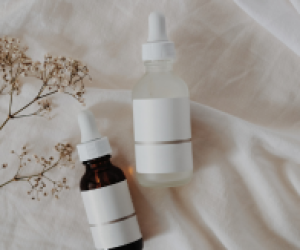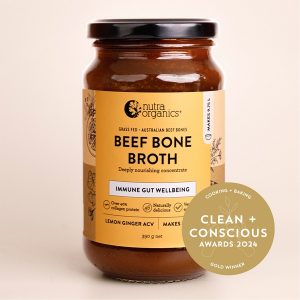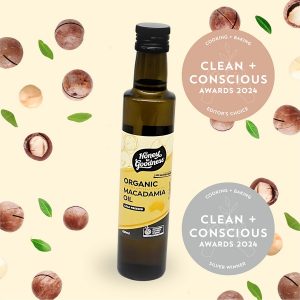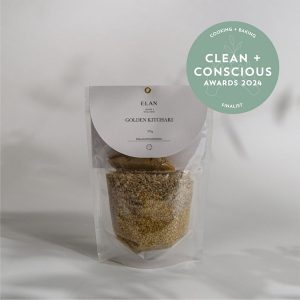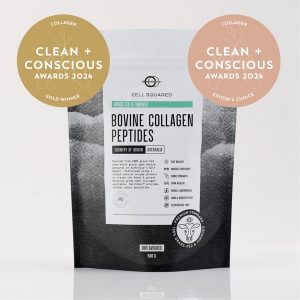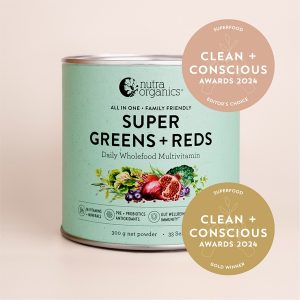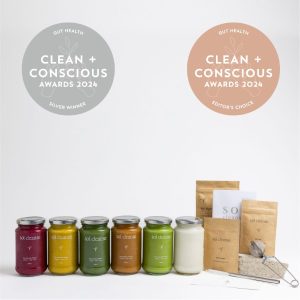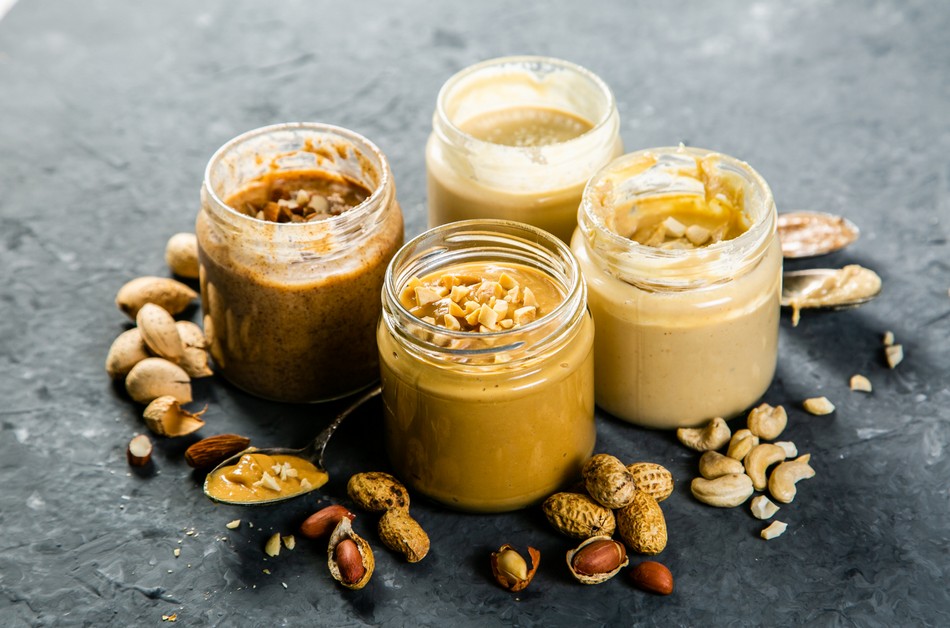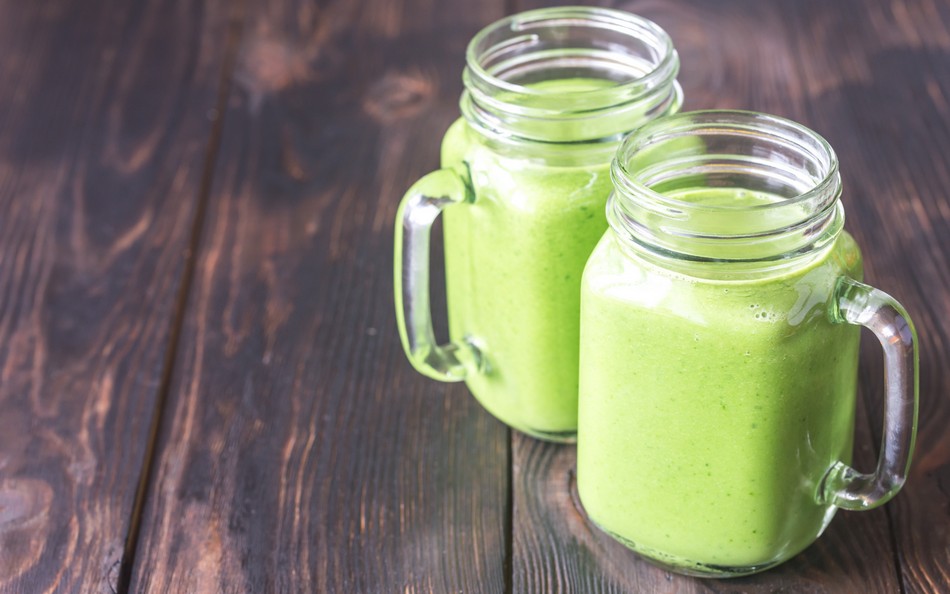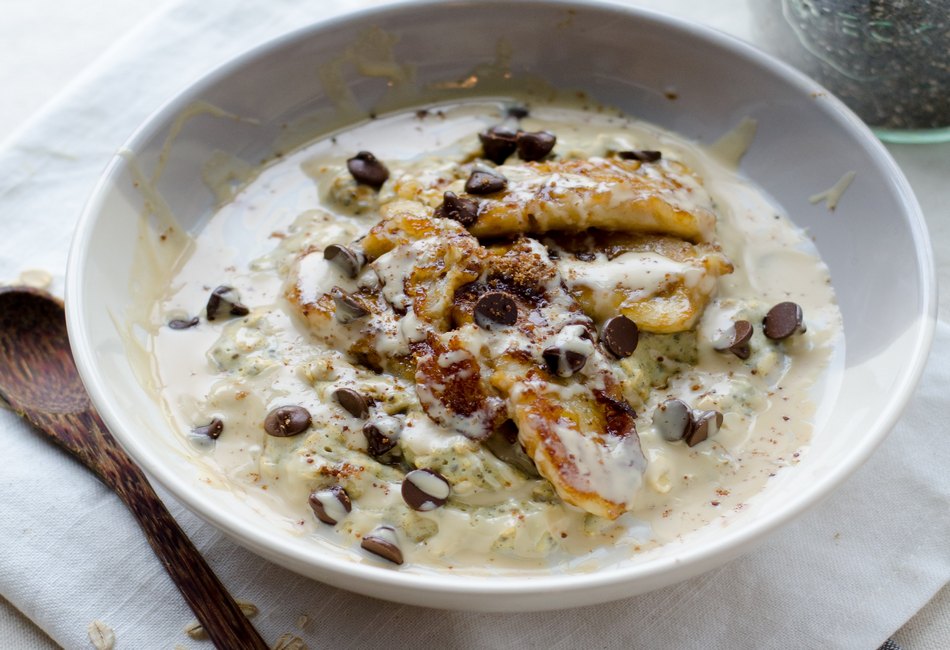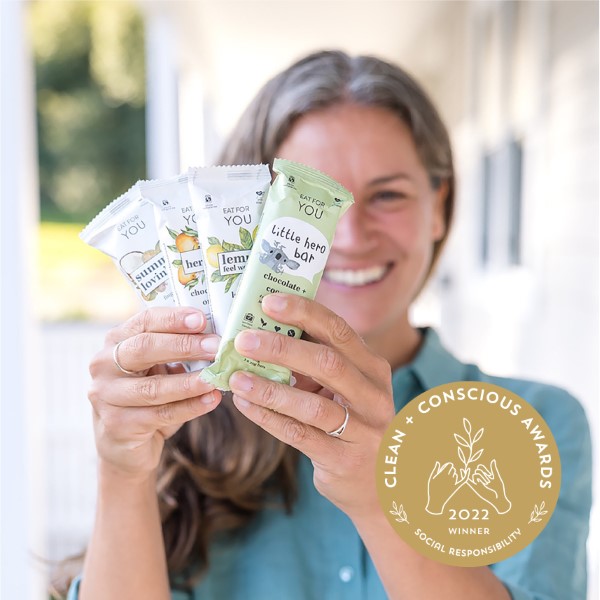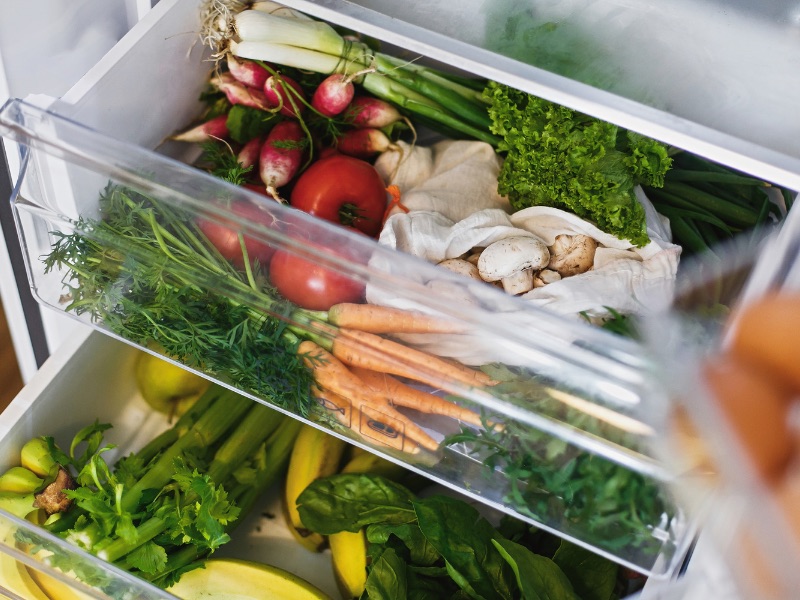In a world overflowing with nutrition advice, one humble kitchen staple continues to spark debate: cooking oils. What oil should you use to sauté your greens? What’s safe for baking or roasting? What about the oil used in your favourite crackers or muesli? And most importantly—are there some oils we’d be better off avoiding altogether?
Let’s take a clear-eyed look at the science behind cooking oils—from omega balances and smoke points to why some seed oils might not be doing us any favours. Because clean, conscious choices start with the little things. Like the oil in your pan.

Understanding Fat
Let’s be honest—over the years, fat has had a bit of an identity crisis. One moment it’s the villain of our diets, the next it’s a wellness hero. And nowhere is the confusion greater than in the oils aisle.
When planning a healthy diet, it’s important to note that fat is not the enemy. In fact, healthy fats are essential for brain function, hormone production, heart health, energy, cell structure and absorbing fat-soluble vitamins (A, D, E and K).
Cooking oils are essentially fats in liquid form—but not all fats are created equal.
There are three main types of fat in cooking oils:
- Saturated fats – found in coconut oil, butter, ghee and animal fats. Stable at high temperatures and less prone to oxidation.
- Monounsaturated fats (MUFA) – found in olive oil, macadamia oil and avocado oil. Known for heart health benefits.
- Polyunsaturated fats (PUFA) – found in most seed oils like sunflower, canola, soybean and safflower. These are rich in omega-6 fatty acids.
We need a balance of all three—but it’s the polyunsaturated fats that require a closer look.
Omega-3 vs Omega-6: Why Balance Is Everything
Omega-3 and omega-6 fatty acids are both essential, meaning our body can’t make them—we need to get them from food.
The problem? Our modern diet is overwhelmingly high in omega-6s and extremely low in omega-3s. This imbalance has been linked to chronic inflammation, which is associated with conditions like heart disease, high blood pressure, arthritis and even depression.
Here’s the thing: it’s not that omega-6s are bad—we need them for healthy skin, brain function and metabolism. But too much, especially from highly processed seed oils, can throw the body out of balance.
What’s the ideal ratio? Traditional diets maintained an omega-6 to omega-3 ratio of around 1:1 to 4:1. Today, due to the prevalence of seed oils and processed foods, the average Western diet sits closer to 20:1 or even higher.
This is where oil choice becomes so important.
What Are Seed Oils and Why Are They Problematic?
Seed oils refer to oils extracted from the seeds of plants like:
- Sunflower oil
- Canola oil (rapeseed oil)
- Soybean oil
- Safflower oil
- Cottonseed oil
- Grapeseed oil
- Corn oil
While these may sound healthy—they’re derived from plants, after all—the way they’re produced and used tells a different story.
Most seed oils undergo industrial processing, which often includes high-heat extraction, chemical solvents like hexane, bleaching and deodorising. These processes can damage the delicate fatty acids, creating oxidised fats and trans fats, both of which can contribute to inflammation and oxidative stress in the body.
And because they’re high in omega-6 polyunsaturated fats, they’re also more unstable when heated, making them more likely to form harmful compounds like aldehydes during cooking.

Smoke Point: Does It Matter?
You may have heard the term smoke point—it refers to the temperature at which an oil starts to burn and produce visible smoke. Beyond this point, oils for cooking can degrade and produce harmful free radicals.
Here’s a rough guide to the smoke points of different types of oils:
- Coconut oil: ~177°C
- Butter: ~150–175°C
- Extra virgin olive oil: ~160–190°C
- Avocado oil: ~270°C
- Ghee: ~250°C
- Canola oil: ~200–230°C
- Sunflower oil (refined): ~230°C
It’s worth noting that smoke point is just one piece of the puzzle. Oils high in saturated or monounsaturated fats are naturally more stable and resistant to oxidation, even at higher temps.
For example, extra virgin olive oil, despite its moderate smoke point, remains one of the healthiest and most stable oils to cook with, thanks to its antioxidant content and high MUFA profile. It is for this reason that it’s best to always choose extra virgin over refined olive oil, for example bottles labelled “light olive oil”.

Best Oils to Cook With
Here are some of the most nourishing, stable and healthiest cooking oils you can use in your kitchen, along with suggested cooking techniques to best maintain the oil’s health benefits.
1. Extra Virgin Olive Oil
Rich in antioxidants and monounsaturated fats, olive oil has been a cornerstone of the Mediterranean diet for centuries. It’s ideal for low to medium-heat cooking, roasting, and dressing salads. Avoid refined olive oil and look for cold-pressed and Australian grown where possible.
2. Avocado Oil
With a high smoke point and a buttery, neutral flavour, avocado oil is rich in MUFAs and ideal for frying, roasting and searing.
3. Coconut Oil
High in stable saturated fats (mainly lauric acid), coconut oil is ideal for high-heat cooking. It also has antimicrobial properties and adds a lovely richness to curries and baked goods.
4. Ghee
Clarified butter, ghee is a traditional Ayurvedic staple. Free of milk solids, it’s perfect for high-heat cooking and adds a deep, nutty flavour to dishes.
5. Macadamia Oil
This local hero is high in monounsaturated fats and low in omega-6. Its mild, buttery taste and high smoke point make it great for pan-frying, baking, and drizzling over veg.
6. High-Oleic Sunflower Oil
Made from specially grown sunflowers, this oil is high in oleic acid (a monounsaturated fat) rather than omega-6s. It has a high smoke point and a neutral flavour. Choose cold-pressed, organic, non-GMO versions to avoid highly refined types.
Cooking Oils to Use Occasionally or Avoid
- Canola, sunflower, soybean, corn and cottonseed oils: Often highly processed and high in omega-6. If you do use them, opt for cold-pressed, organic versions in small amounts.
- Rice bran oil: Sometimes marketed as heart-healthy, but is also high in omega-6 and often refined.
- Palm oil: Although relatively stable, palm oil raises serious concerns around deforestation, habitat destruction and unethical labour practices.

Best Oils for Salads, Dressings + No-Heat Use
Not all oils are suited to cooking. Some are too delicate for heat, but perfect for enjoying raw—drizzled over raw veges, blended into salad dressings, or added to smoothies and dips. These oils often bring a deeper nutritional profile and more complex flavour.Healthy choices include:
Flaxseed Oil
A rich, plant-based source of omega-3s (ALA), flaxseed oil is incredibly delicate. Always keep it refrigerated, and use it within a few weeks of opening. Drizzle it over porridge, salads or avocado toast.
Hemp Seed Oil
A nutty, grassy oil with a balanced omega-6 to omega-3 ratio (3:1)—much healthier than most seed oils. Best used cold in dressings or over veggies.
Walnut Oil
Beautifully nutty and fragrant, walnut oil is high in ALA. Keep it in the fridge and use to elevate salads or drizzle over veg post-cooking.
Extra Virgin Olive Oil
Of course, EVOO earns its place here too. A generous pour over tomatoes, rocket, or grilled zucchini brings a dose of antioxidants and healthy fats.
Sesame Oil (Unrefined or Toasted)
Unrefined sesame oil adds a warm, nutty flavour to raw dishes and dressings. Toasted sesame oil has a more intense flavour—just a dash can transform a noodle salad or tahini dressing. Best used cold or over lightly warmed dishes.
Quick Tips for Choosing Oils
- Read labels: Choose cold-pressed, unrefined, extra virgin where possible.
- Store with care: Keep oils in dark bottles, away from heat and sunlight.
- Rotate and combine: Use a variety of oils for a broader nutrient profile.
- Focus on whole foods: Complement oils with healthy fats from nuts, seeds, oily fish and avocados
